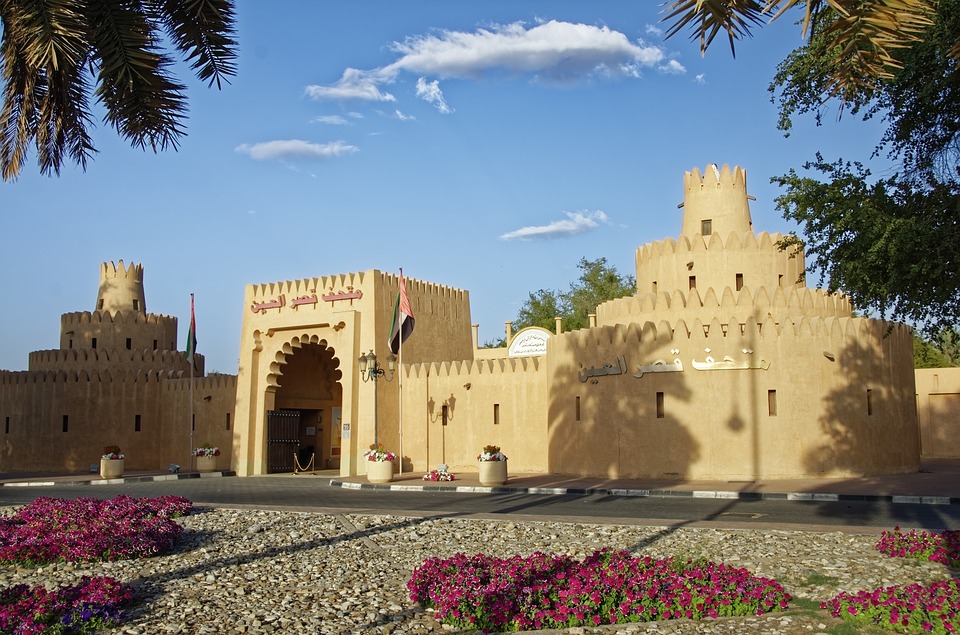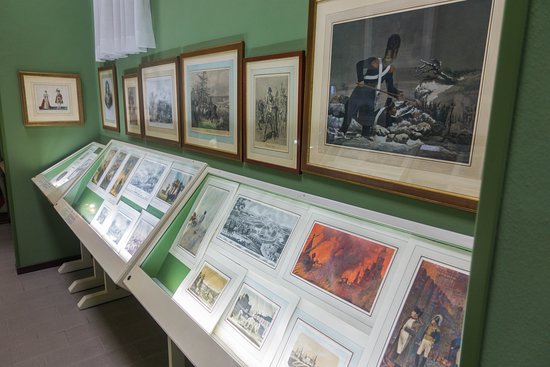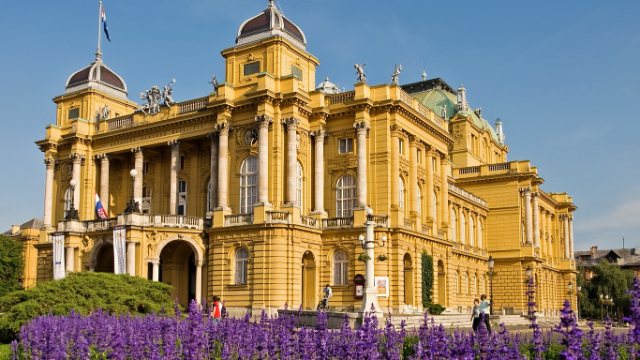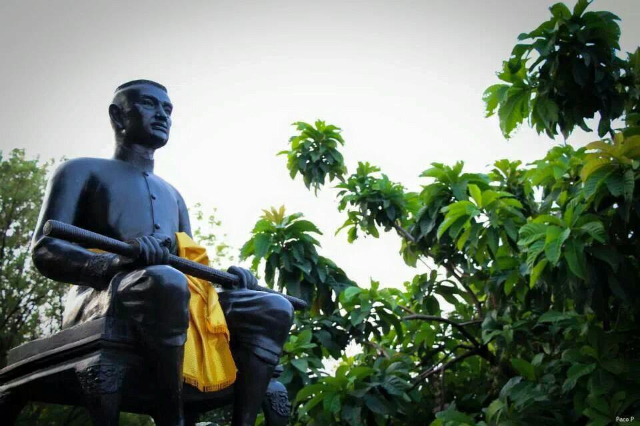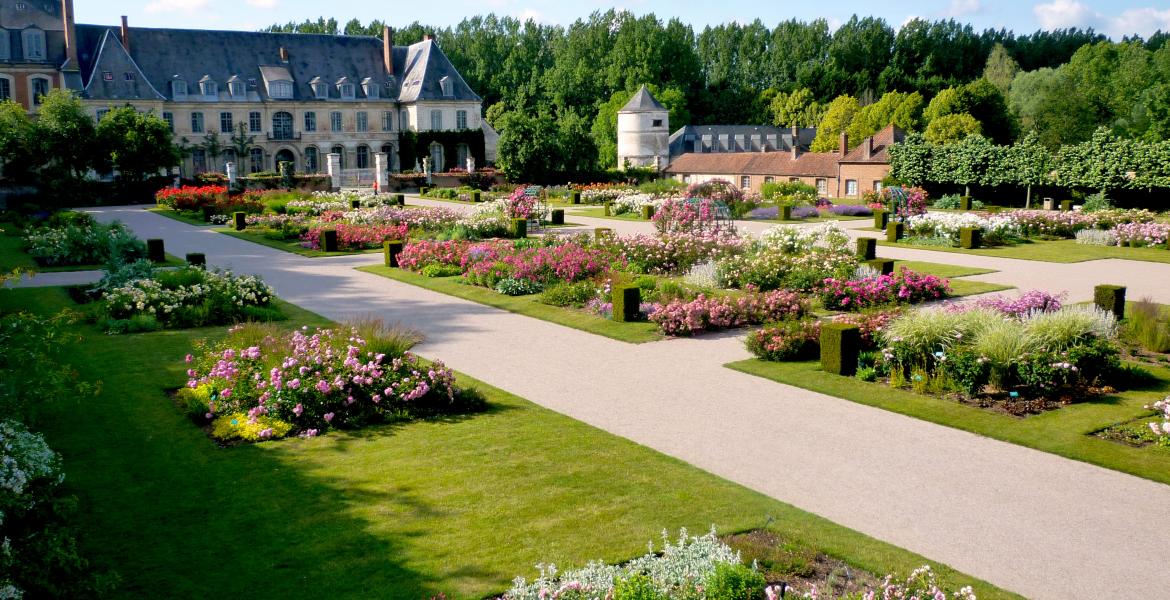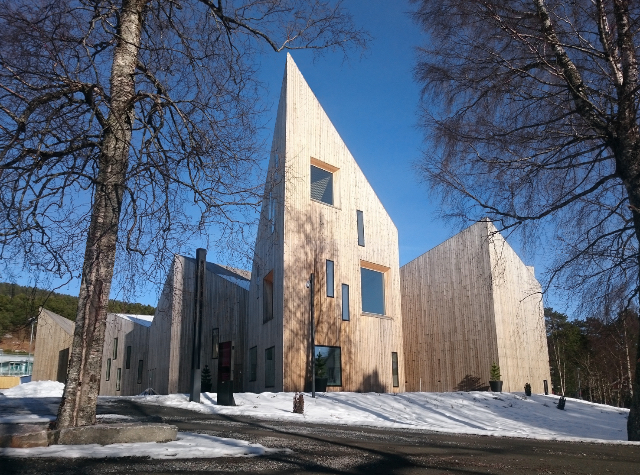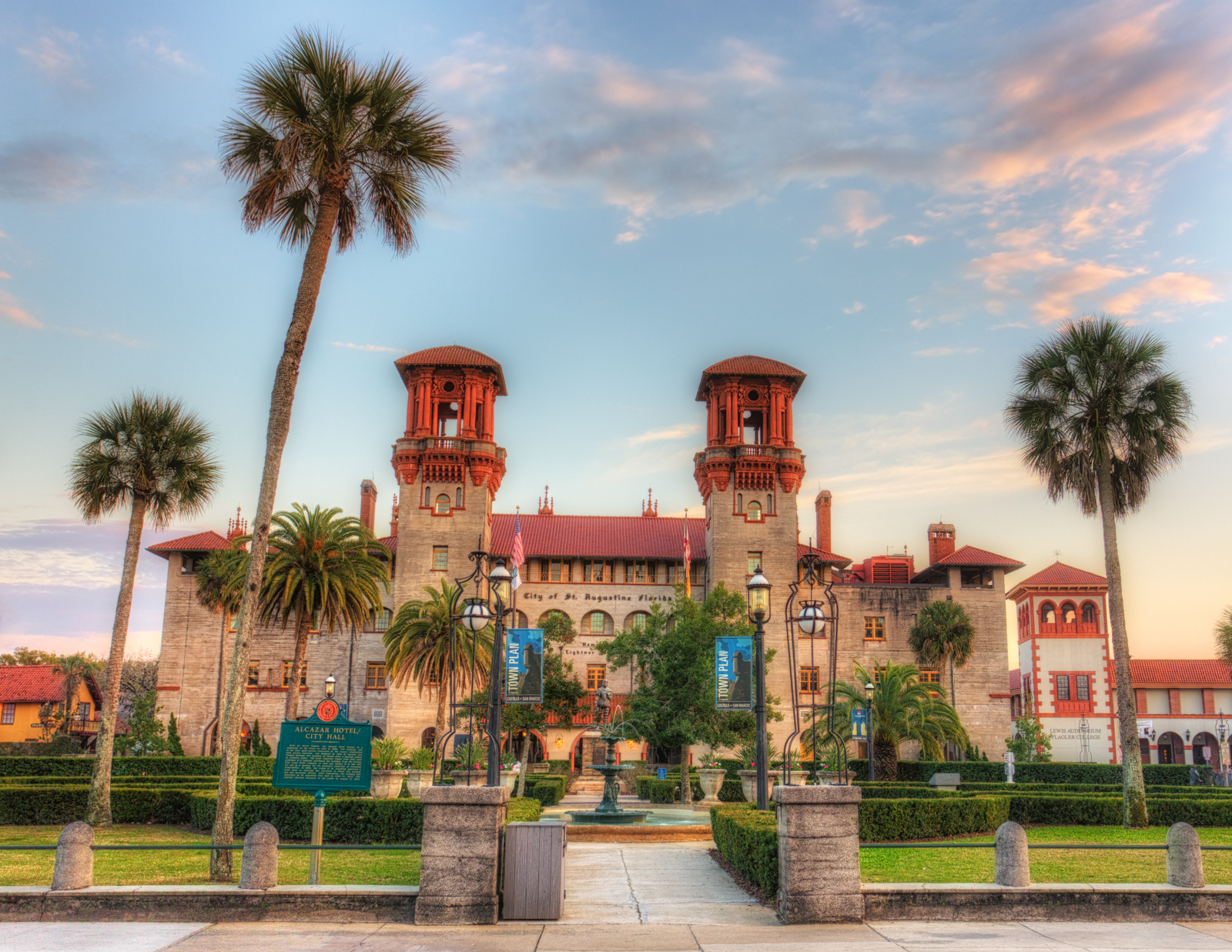Qasr Al Ain or Al Ain Palace is one of the best-reinstated forts in Abu Dhabi. and an important historical site in the UAE. It was home to the Founding Father of the UAE and the first President of the country, the late Sheikh Zayed bin Sultan Al Nahyan, who lived here with his family until 1966, with the family later moving to Abu Dhabi.
Inside the museum, the palace and private residence provide insights into the lives and culture of both the ruling family and the community until the country’s transformation after the discovery of petroleum. The Bedouin-style architecture (Bedouins are the nomadic Arab people from the region) dates back to 1937, with the structure converted into a museum in 1998 as a key cultural and tourist attraction. The museum opened its doors to visitors in 2001 and continues to celebrate the UAE’s rich history, preserving its links to the present and the future.
A contrast of modern design elements and traditional Emirati influences can be seen throughout the property. The structure of the museum is a conglomeration of courtyards that merge official and private facilities in one complex. Each of these areas was built and restored using locally sourced and environmentally-friendly building materials including clay, adobe and plaster stones, as well as palm-tree elements for roofing rooms, ceilings, doors, and windows. The most visited section of the museum is the room that was devoted to teaching the palace residents the Holy Quran, with Hadith, that comprises the teachings and sayings of the Prophet Muhammad (Peace Be Upon Him), inscribed on the ceiling.
